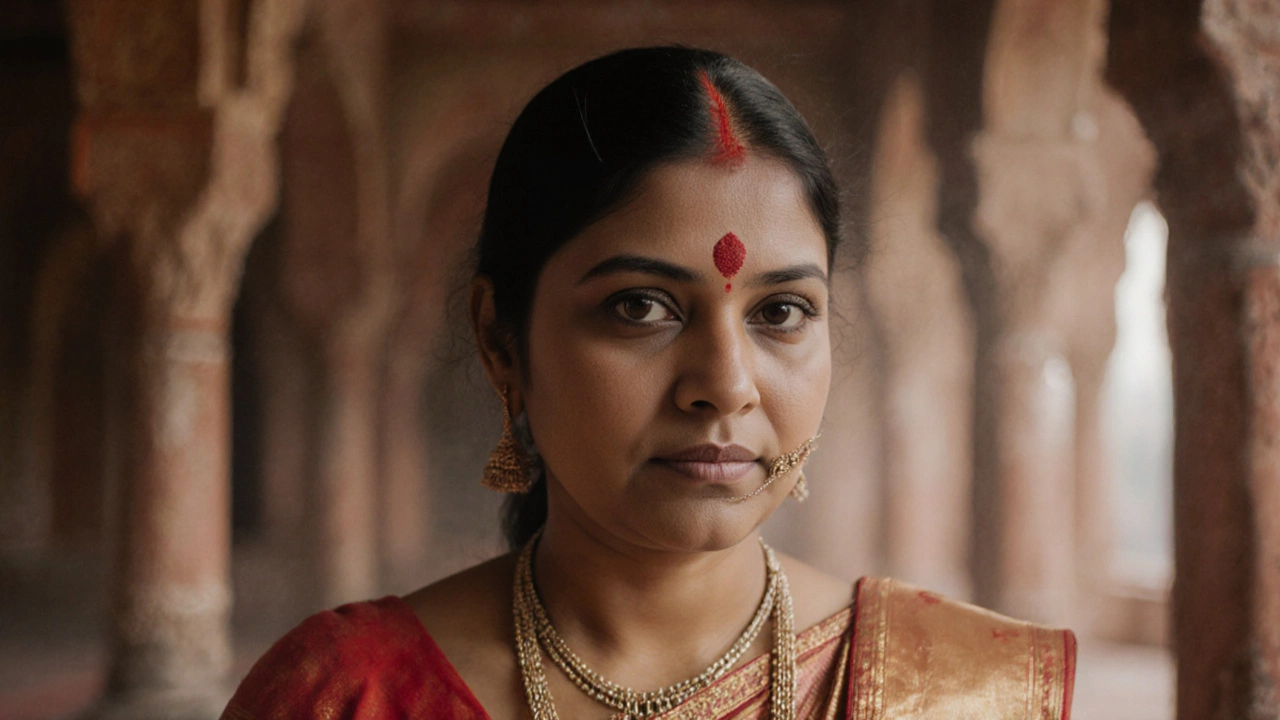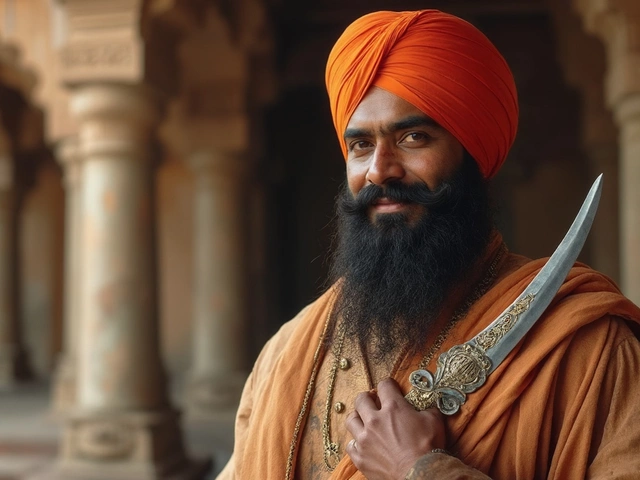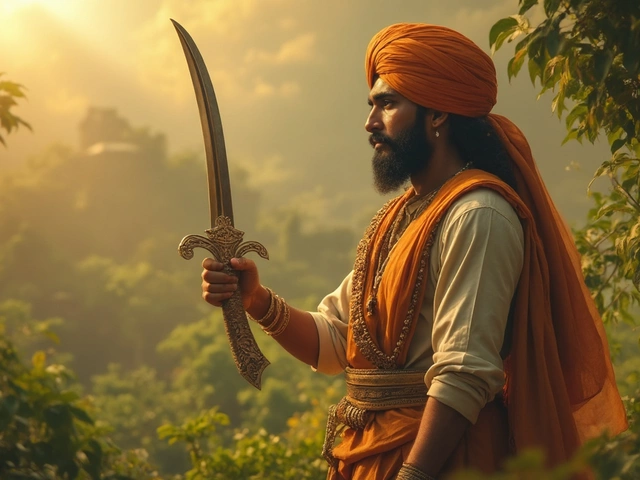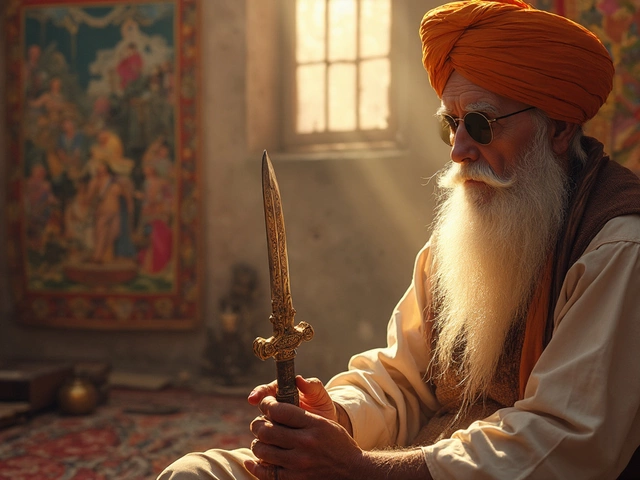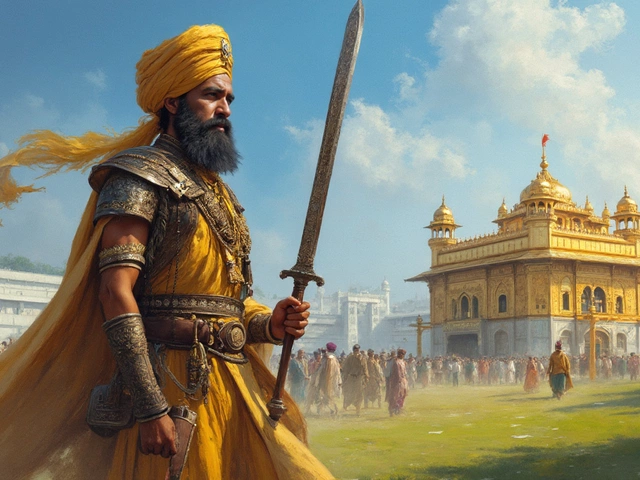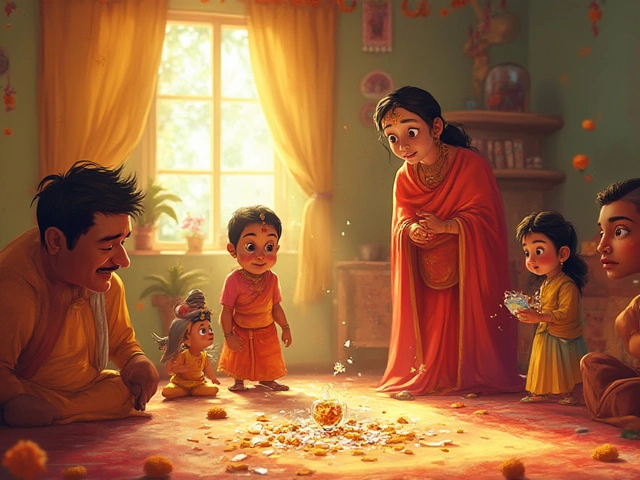Everything You Need to Know About bindi
When talking about bindi, a decorative paste or jeweled sticker worn on the forehead. Also known as forehead pin, it marks cultural identity, signals marital status, and adds a pop of color to any outfit. In India, a bindi can be as simple as a red dot or as intricate as a tiny mirror‑work design, and it often sits right between the eyebrows, the spot believed to balance energy.
Another staple of the forehead ensemble is sindoor, the vermillion powder applied along the hair part. While sindoor signals marital bliss, a bindi complements it by framing the eyes and drawing attention to the center of the face. Then there’s the maang tikka, a pendant that hangs from the hair part onto the forehead. Maang tikka and bindi often share the same metal or gemstone, creating a coordinated look. Finally, mehndi, henna designs applied on hands and feet, frequently echo the bindi’s pattern, tying together the whole decorative scheme.
Choosing the Right Bindi for Every Occasion
For everyday wear, many prefer adhesive bindi stickers made of fabric or plastic because they’re quick to apply and stay put. If you’re heading to a wedding, metal bindi with real stones—like kundan or polki—adds a touch of luxury. Festival days such as Navratri or Diwali call for bright, bold colors that match the vibrant sarees and dupattas. A simple cotton bindi works well with casual outfits, while a silver or gold‑plated bindi pairs nicely with traditional jewellery like jhumkas or payals. The material you pick (cotton, acrylic, gold, or silver) influences both look and comfort.
Placement matters, too. While the classic spot is centered between the eyebrows, some regional styles shift the bindi slightly to the left or right to align with specific rituals. In South India, a vertical line of rice grains called karvai may accompany the bindi for auspicious occasions. The size of the bindi should complement face shape: smaller dots suit round faces, whereas larger, ornamental pieces balance longer faces. Pairing a tiny bindi with a heavy maang tikka can create visual harmony, while a chunky bindi works best when the maang tikka is minimal.
Maintenance is easy—just keep the skin clean and dry before sticking. For gold or silver bindis, wipe them gently with a soft cloth after each use to prevent tarnish. If you opt for paste bindis, a dab of aloe vera can keep the skin moisturized and prevent the color from fading fast. When removing adhesive bindis, use a mild oil (coconut or almond) to dissolve the glue without irritating the skin.
Beyond aesthetics, the bindi holds cultural meaning. In many Hindu traditions, the spot where the bindi sits is called the “third eye,” believed to be the center of intuition and inner wisdom. Wearing a bindi during meditation is thought to enhance focus. In regional bridal customs, a red bindi signifies fertility and prosperity, while a pearl or diamond bindi represents purity and wealth.
Modern designers are experimenting with bindi as fashion statements. You’ll find minimalist geometric shapes, abstract floral motifs, and even LED‑lit bindis for nightlife. These contemporary takes still respect the heritage but push the boundaries of what a forehead accessory can be. Whether you’re dressing up for a corporate event or a cultural festival, there’s a bindi style that fits the vibe.
Ready to explore more? Below you’ll find articles that dive deeper into nose piercings, mangalsutra beads, gold stud patterns, and other Indian jewellery traditions. Each piece adds another layer to understanding how bindi fits into the broader world of Indian adornments.
Who Can Wear a Bindi? Meaning, Rules & Modern Styling Tips
Discover who can wear a bindi, its cultural meaning, etiquette, and modern styling tips for any occasion.
